It’s right there in the name: “plate tectonics.” Geology’s organizing theory hinges on plates—thin, interlocking pieces of Earth’s rocky skin. Plates’ movements explain earthquakes, volcanoes, mountains, the formation of mineral resources, a habitable climate, and much else. They’re part of the engine that drags carbon from the atmosphere down into Earth’s mantle, preventing a runaway greenhouse climate like Venus. Their recycling through the mantle helps to release heat from Earth’s liquid metal core, making it churn and generate a magnetic field to protect our atmosphere from erosion by the solar wind.
The name may not have changed, but today the theory is in the midst of an upgrade to include a deeper level—both in our understanding and in its depth in our planet. “There is a huge transformation,” says Thorsten Becker, the distinguished chair in geophysics at the University of Texas at Austin. “Where we say: ‘plate tectonics’ now, we might mean something that’s entirely different than the 1970s.”
Plate Tectonics emerged in the late1960s when geologists realized that plates moving on Earth’s surface at fingernail-growth speeds side-swipe each other at some places (like California) and converge at others (like Japan). When they converge, one plate plunges down into Earth’s mantle under the other plate, but what happened to it deeper in the mantle remained a mystery for most of the 20th century. Like an ancient map labeled “here be dragons,” knowledge of the mantle remained skin-deep except for its major boundaries.
Now a marriage of improved computing power and new techniques to investigate Earth’s interior has enabled scientists to address some startling gaps in the original theory, like why there are earthquakes and other tectonic phenomena on continents thousands of miles from plate boundaries:
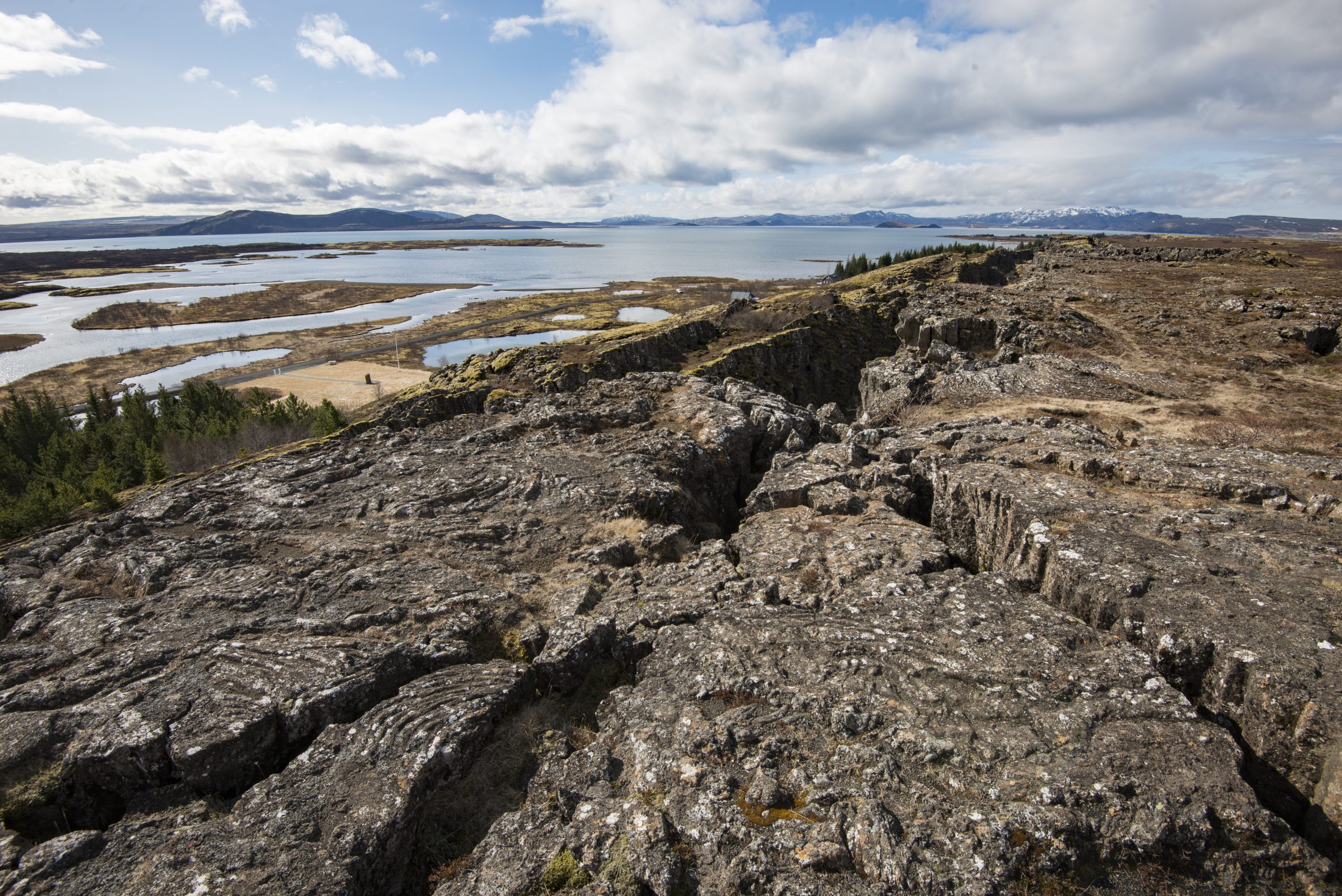
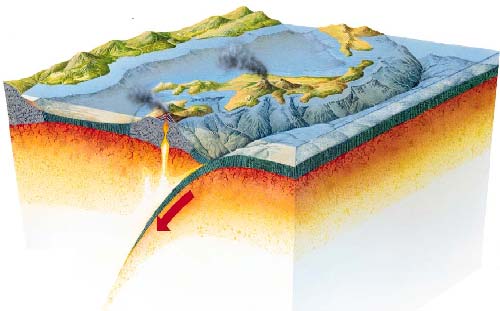
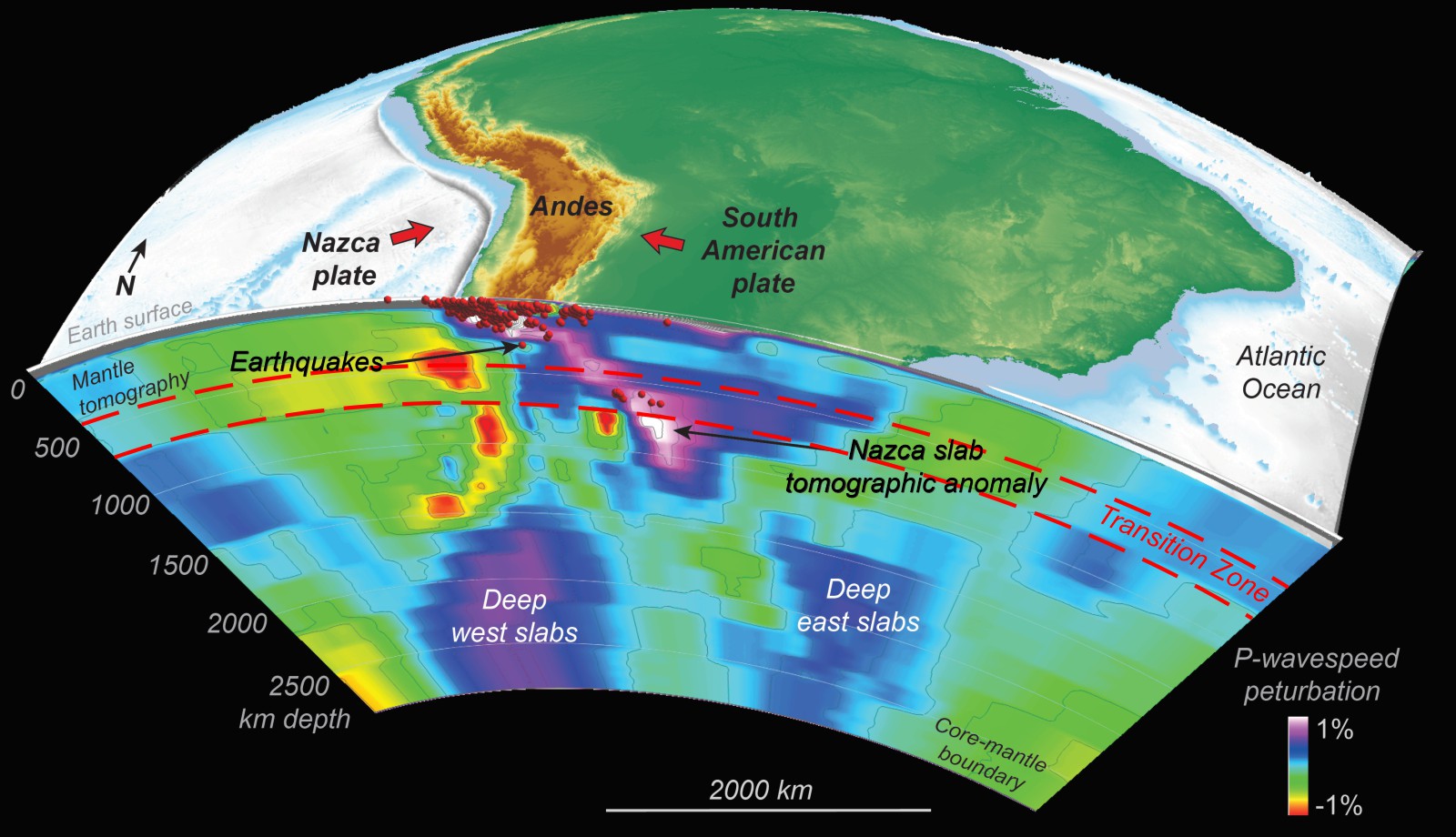
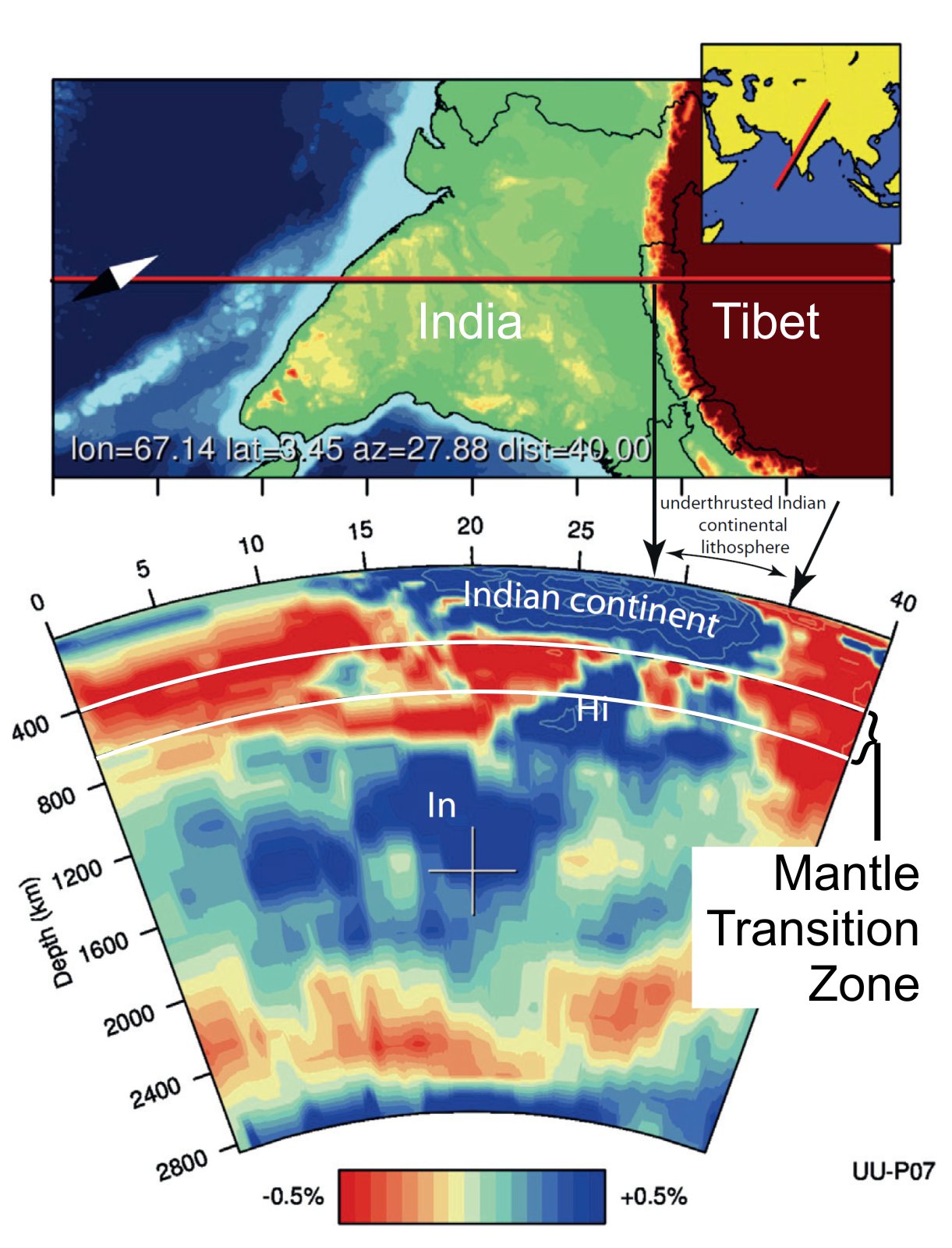
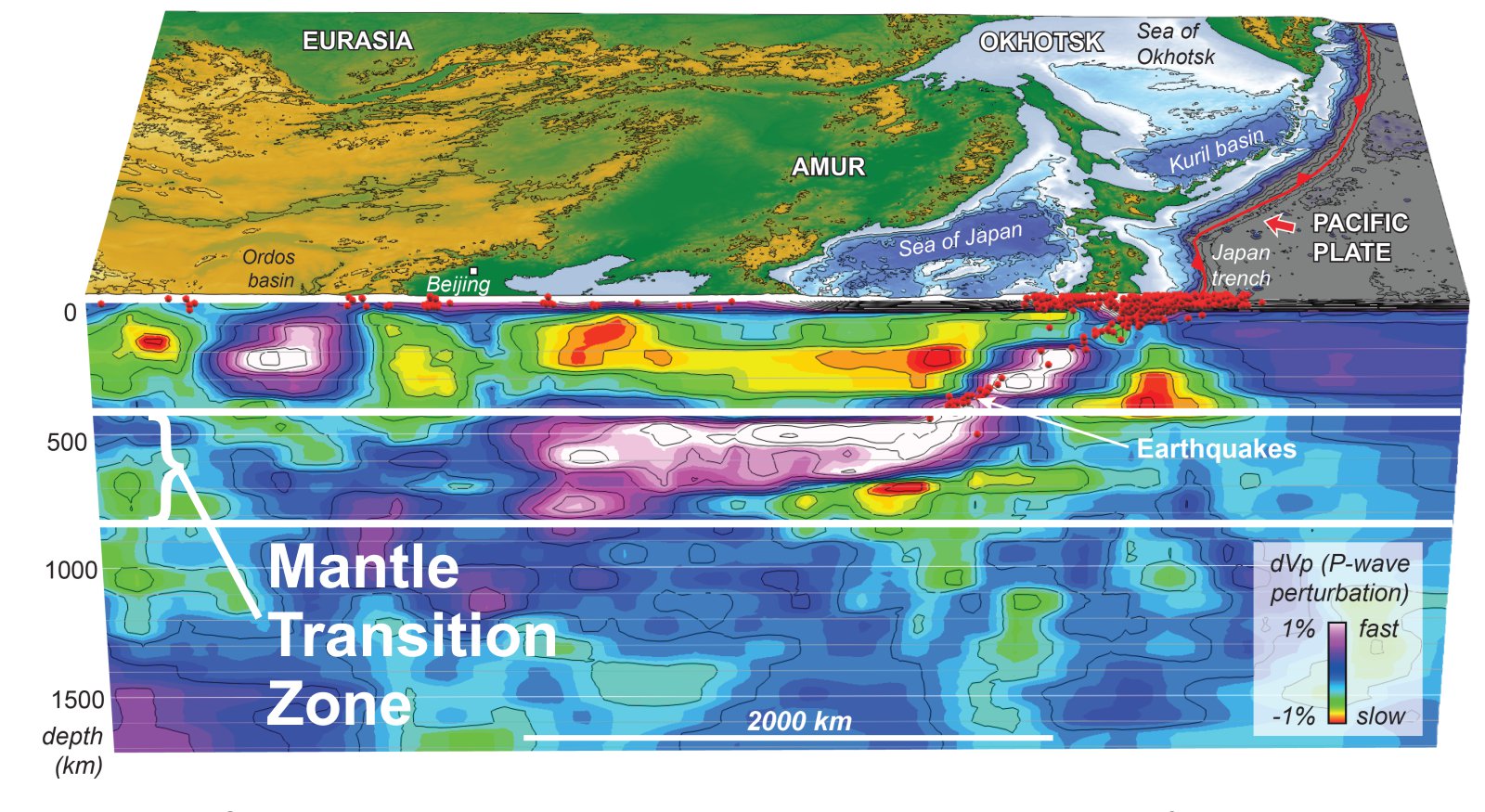

 Loading comments...
Loading comments...
